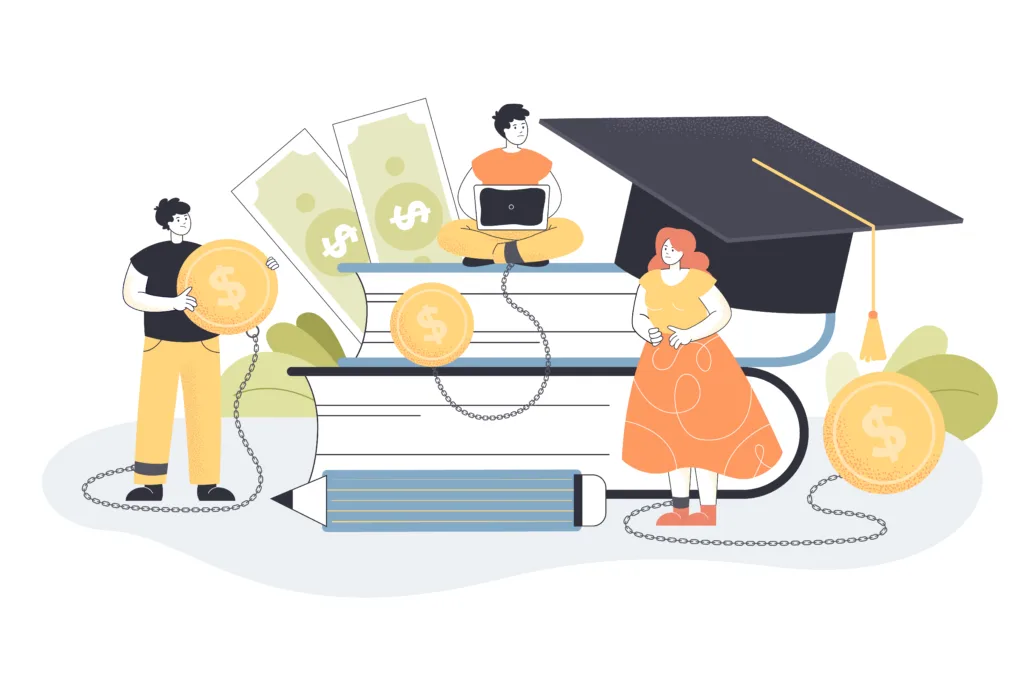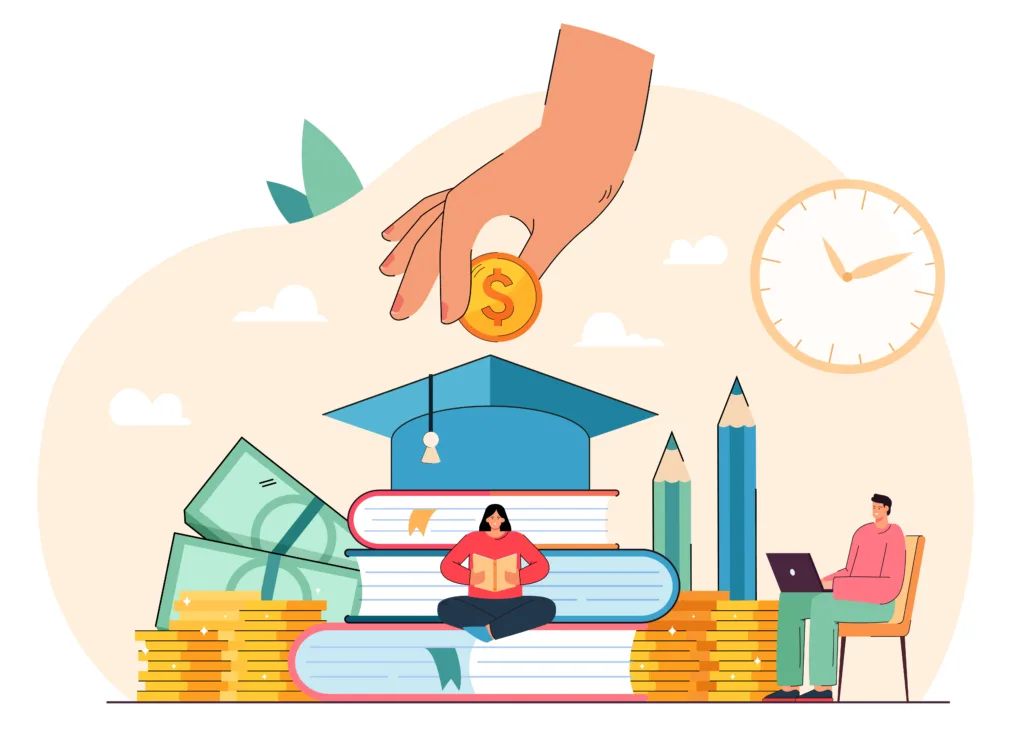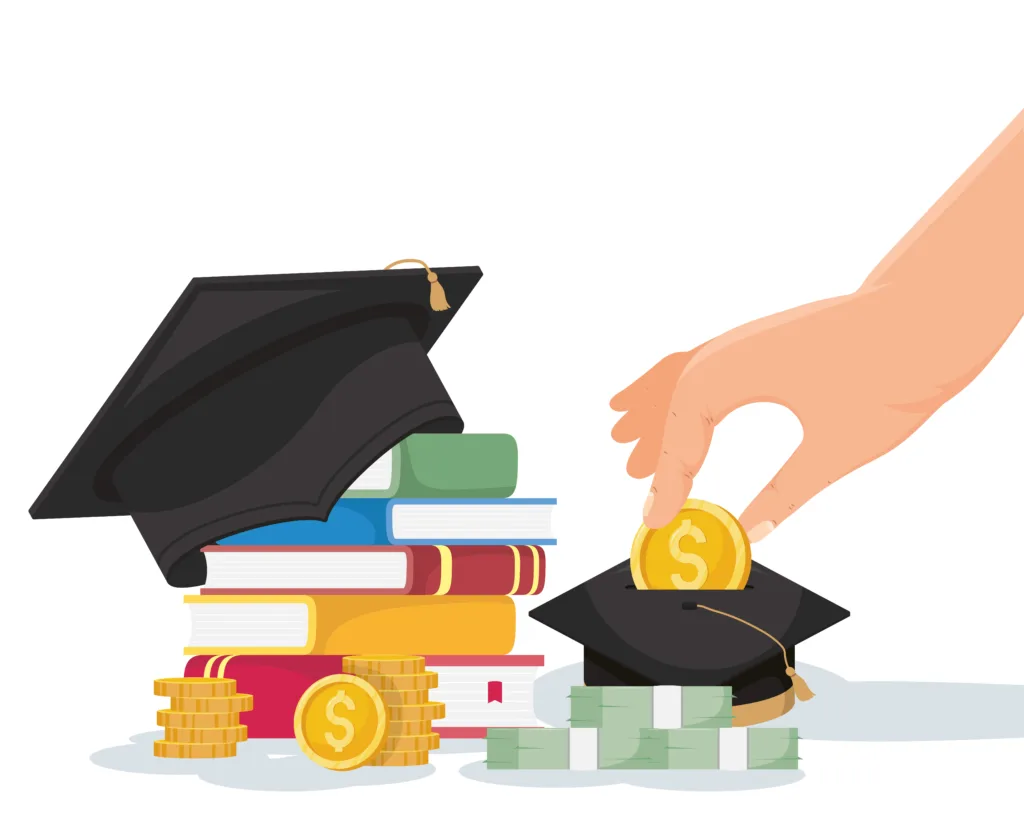
Table of Contents
Introduction:
Student loans have become a significant financial burden for many individuals, hampering their ability to achieve financial stability and pursue their dreams. Nonetheless, student loan forgiveness programs offer a ray of hope.. In this article, we will explore the concept of student loan forgiveness, the types of forgiveness programs available, eligibility criteria, the application process, and the impact it can have on borrowers’ lives.

The Burden of Student Loans:
Student loans have become a prevalent issue, affecting millions of individuals who have pursued higher education. As education costs continue to rise, many graduates find themselves grappling with high monthly payments and long repayment periods. The weight of student loans can hinder financial progress, delay major life milestones, and limit opportunities for economic growth.
Understanding Student Loan Forgiveness:
Student loan forgiveness offers borrowers the chance to have a portion or the entirety of their loans discharged. It is a lifeline for those struggling to repay their debt, providing much-needed relief and the possibility of a fresh start. By eliminating or reducing the burden of student loans, forgiveness programs aim to empower individuals to take control of their financial future.
Types of Student Loan Forgiveness Programs:
There are various student loan forgiveness programs available, each catering to different borrower profiles and circumstances. Let’s find some of the most common ones:
- Public Service Loan Forgiveness (PSLF): This program is designed for individuals working in qualifying public service jobs. After making 120 qualifying payments while employed full-time by a qualifying organization, borrowers may be eligible to have their remaining loan balance forgiven.
- Teacher Loan Forgiveness: Aimed at educators, this program provides loan forgiveness for teachers who have worked full-time in low-income schools or educational service agencies for at least five consecutive years. The extent of forgiveness varies based on the subject taught and the loan type.
- Income-Driven Repayment (IDR) Forgiveness: Income-driven repayment plans offer forgiveness after a specific period, typically 20 or 25 years of consistent payments. The remaining loan balance is forgiven, but borrowers may be subject to income tax on the forgiven amount.
Eligibility for Loan Forgiveness:
Eligibility requirements vary depending on the forgiveness program. Here’s an overview of the criteria for some popular programs:
- Criteria for PSLF: To qualify for PSLF, borrowers must have made 120 qualifying payments while working full-time for a qualifying employer. They must also have Direct Loans and be enrolled in an eligible repayment plan.
- Requirements for Teacher Loan Forgiveness: Teachers must fulfill specific requirements, such as teaching full-time in a low-income school for five consecutive years. The loan forgiveness amount depends on the subject taught and the type of loan.
- Qualifying for IDR Forgiveness: Borrowers enrolled in income-driven repayment plans may be eligible for forgiveness after making consistent payments for 20 or 25 years, depending on the plan. They must meet the program’s requirements and demonstrate partial financial hardship.
Applying for Loan Forgiveness:
Applying for student loan forgiveness requires careful attention to documentation and forms. It is essential to understand the application process specific to each forgiveness program. Seeking guidance from student loan servicers, financial advisors, or experts in the field can help navigate the application process effectively.
Maximizing Loan Forgiveness Benefits:
To make the most of loan forgiveness programs, borrowers can take proactive steps to maximize their benefits:
- Making Timely Payments: Consistently making on-time payments is crucial to meeting the requirements for forgiveness programs.
- Choosing the Right Repayment Plan: Selecting the appropriate income-driven repayment plan can ensure borrowers’ payments are affordable and count towards forgiveness.
- Consolidation and Refinancing Options: Consolidating loans or refinancing them under certain circumstances can help optimize repayment strategies and potentially enhance forgiveness opportunities.
Potential Challenges and Limitations:
While student loan forgiveness offers significant advantages, borrowers should be aware of potential challenges and limitations:
- Program Changes and Updates: Forgiveness programs may undergo changes, updates, or even discontinuation, making it crucial to stay informed and adapt accordingly.
- Tax Implications: Depending on the forgiveness program, the amount forgiven may be considered taxable income, potentially resulting in a tax liability.
The Impact of Loan Forgiveness:
Loan forgiveness can have a transformative impact on borrowers’ lives:
- Financial Relief and Improved Credit Scores: Loan forgiveness alleviates the burden of student loans, freeing up funds for other financial goals and contributing to improved credit scores.
- Pursuing Career Goals and Life Choices: With reduced financial obligations, individuals can pursue career paths aligned with their passions and make life choices without being solely dictated by the need to repay loans.
Frequently Asked Questions (FAQs):
- FAQ 1: Can private student loans be forgiven?
- Answer: Private student loans generally do not qualify for forgiveness programs. However, refinancing options may be available to help manage private loan debt.
- FAQ 2: Can I apply for multiple loan forgiveness programs?
- Answer: Depending on your circumstances, you may be eligible for multiple forgiveness programs. However, each program has its own eligibility criteria and requirements.
- FAQ 3: Do I need to be employed full-time for loan forgiveness?
- Answer: Some forgiveness programs, such as PSLF, require full-time employment, while others have different employment criteria. Please review the individual criteria for each program.
- FAQ 4: What happens if I don’t qualify for loan forgiveness?
- Answer: If you don’t qualify for loan forgiveness, alternative repayment options, such as income-driven repayment plans, may be available to help manage your student loan debt. It’s important to explore these options and seek guidance from loan servicers or financial advisors.
- FAQ 5: Is loan forgiveness taxable?
- Answer: Loan forgiveness amounts may be considered taxable income, depending on the forgiveness program. It’s essential to understand the tax implications and consult with a tax professional to plan accordingly.
Conclusion:
Student loan forgiveness provides hope and relief for individuals burdened by student loan debt. By understanding the different forgiveness programs, eligibility criteria, and application processes, borrowers can take steps toward financial freedom. Maximizing the benefits of loan forgiveness, while being aware of potential challenges and limitations, can pave the way to a brighter financial future. Explore the available options, seek guidance, and take control of your student loan repayment journey.

Related Post:
Unveiling the Top 10 Best Paying Jobs in Technology Industry
Master the Art of Versatility: 10 Transferable Skills Examples for Career Success

1 thought on “Student Loan Forgiveness: Unlocking Financial Freedom in 2023”